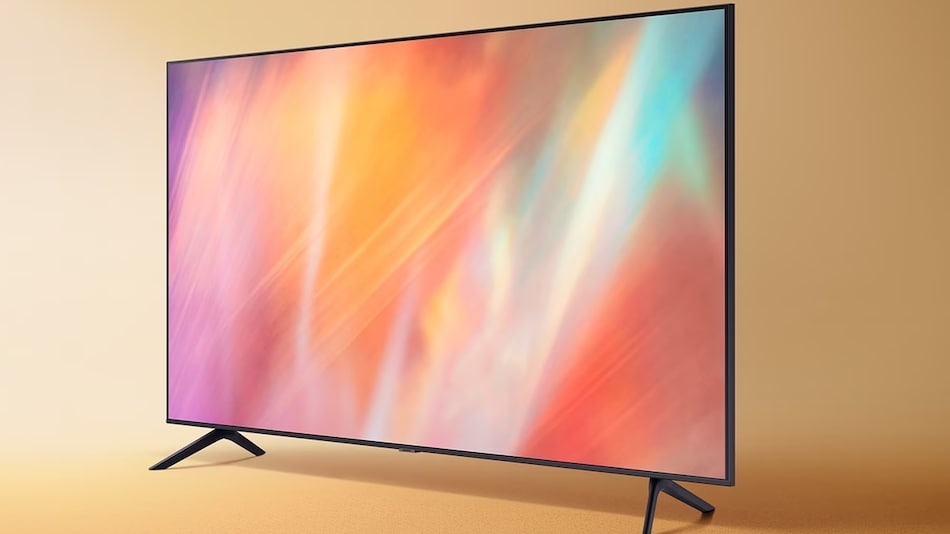
South Korea’s LG Display is set to become a key supplier of high-end TV panels to Samsung Electronics, further solidifying its position in the flat-screen market. This partnership presents a significant opportunity for LG Display to turn profitable, while also enabling them to expand their reach in the industry.
According to sources familiar with the matter, LG Display plans to supply 2 million units to Samsung this year, with even higher shipment targets of 3 million and 5 million units in the coming years. Initially, the focus will be on providing Samsung with 77-inch and 83-inch white OLED (WOLED) TV panels.
By collaborating with LG Display, Samsung aims to strengthen its presence in the high-end organic light emitting diode (OLED) TV segment, as the competition intensifies among Chinese brands in the lower-end market. It is important to note that OLED panels are considerably more expensive than liquid-crystal display (LCD) panels.
This strategic partnership could position Samsung as the second-largest supplier of OLED TVs globally, surpassing Sony. The deal signifies Samsung’s shift towards embracing OLED technology, as it seeks to dominate the industry alongside its local rival, LG Electronics Inc.
Industry analysts have speculated about LG Display’s potential agreement with a new client for OLED TV panels. As the first to report on the Samsung Electronics deal, Reuters highlights the significance of this development in the market.
Due to the confidential nature of the agreement, all involved sources have requested anonymity.
Samsung Electronics, being the world’s largest TV manufacturer, has been relatively slower than its competitors, particularly LG Electronics Inc, in adopting OLED technology for televisions. Samsung has maintained that OLED displays are better suited for smaller devices such as smartphones and tablets, mainly due to the higher production costs.
For LG Display, supplying 2 million OLED panels to Samsung signifies a major milestone, amounting to at least $1.5 billion (approximately Rs. 12,300 crore) and representing around 20 percent to 30 percent of their total production capacity for large-size OLED panels. This surge in demand will enable LG Display to operate at full capacity, a significant achievement considering their previous limitations due to a limited customer base and the impact of the pandemic on TV sales.
In addition to LG Electronics and Sony, LG Display currently provides OLED TV panels to Apple Inc, as well as smartphone displays to various clients.
Notably, Samsung Electronics operates its own display-making unit, Samsung Display, which focuses primarily on OLED screens used in mobile phones manufactured by both Apple and Samsung.
In terms of market share, Samsung currently holds a 6.1 percent stake in the OLED TV market, trailing behind LG Electronics with 54.6 percent and Sony with 26.1 percent, according to market research firm Omdia.
The OLED TV market is anticipated to grow by approximately 6 percent this year, reaching $11.7 billion (roughly Rs. 96,100 crore), with further expansion projected to amount to $12.9 billion (roughly Rs. 1,06,000 crore) by 2027, as forecasted by Omdia.
With LG Display becoming a pivotal player in supplying LG TV displays and panels to Samsung, the industry landscape is expected to witness significant shifts. As this collaboration unfolds, LG Display’s expertise in OLED technology and Samsung’s market prowess position both companies for success in the dynamic TV market.











